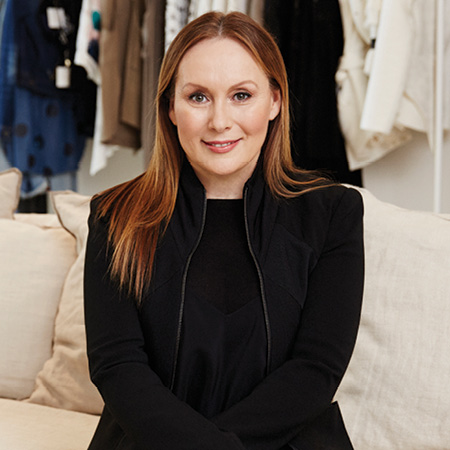Much-loved Australian designer fashion label sass & bide has been going through a few changes lately—but in personnel only. The culture, passion, and design ethos remain faithfully intact. Following the stepping down—and eventually away—from the business by founders Heidi Middleton and Sarah-Jane Clarke, sass & bide looked to retail expert Julie Otter to take the helm as CEO.
“I was very fortunate,” Julie says, “as I was personally approached for the role. It’s a brand that I have known and respected for a long time; and indeed in a previous life when I was at MAC Cosmetics, I had met and worked with the founders, Heidi and Sarah-Jane, so I knew a fair bit about the brand. It’s also a label I have loved and worn for a long time. It was fantastic to become a part of something that, firstly, I love, but secondly, from a brand and a business perspective, also offered a lot of really exciting opportunities.”
Julie knows that it would be completely remiss of sass & bide to turn its back on the legacy of its founders. The girls no longer have any input into the business, yet somehow they are still everywhere. “The reason behind the success of this brand is ‘the girls’, and I think to not recognise that and not celebrate that would lead to this brand not being what it is. We are very focused as a team on celebrating and owning what that heritage means. We are a very fortunate brand in that we have a history and a story that’s authentic, and the business grew because of it,” Julie explains.
“Although, that said, when the girls were here, the brand was always evolving, always changing and doing new things, and there was always that tie to the DNA of what the brand means to people, and that’s what we are going to continue to deliver for many years to come. Intrinsically, a lot of that comes from the product and design side of things, and a lot comes from the culture of the business and really loving and owning things that were important to the brand right from the start.”
What enables sass & bide to take the designs to many ages in many countries is that it’s a very bold and strong representation of femininity. And the pieces are designed to be layered, to encourage unique and individual expression.



